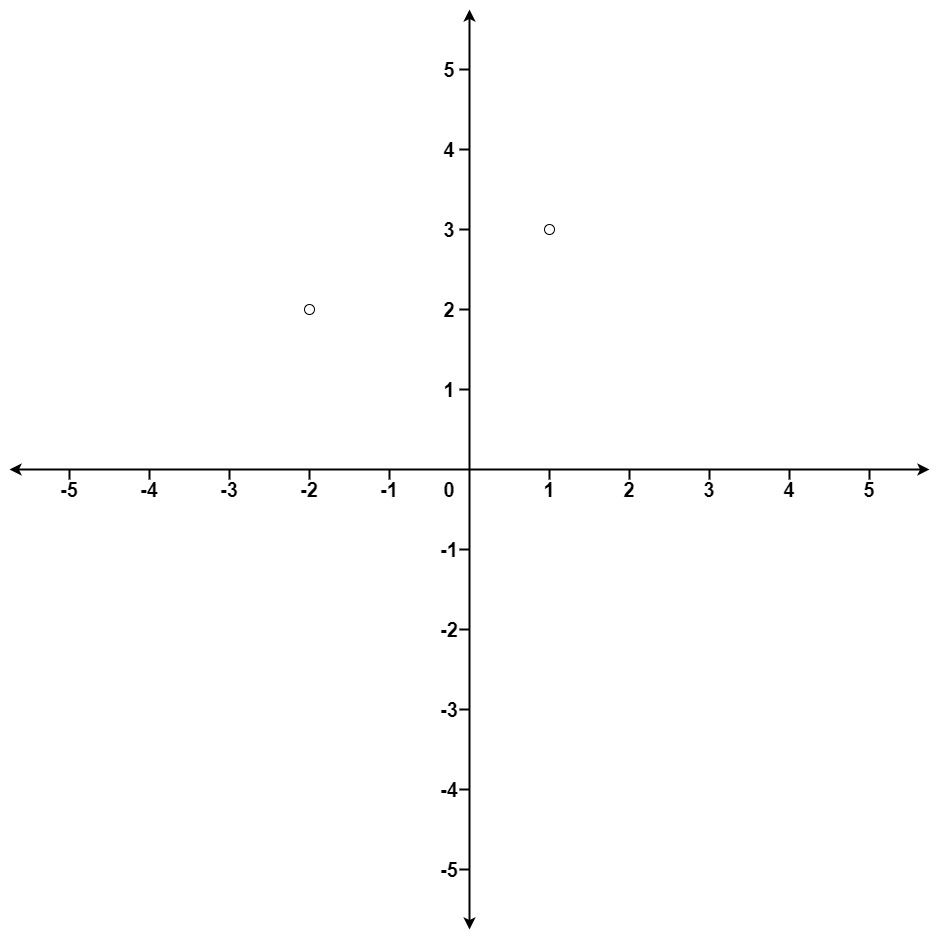给定一个数组 points ,其中 points[i] = [xi, yi] 表示 X-Y 平面上的一个点,并且是一个整数 k ,返回离原点 (0,0) 最近的 k 个点。
这里,平面上两点之间的距离是 欧几里德距离( √(x1 - x2)2 + (y1 - y2)2 )。
你可以按 任何顺序 返回答案。除了点坐标的顺序之外,答案 确保 是 唯一 的。
示例 1:
输入:points = [[1,3],[-2,2]], k = 1 输出:[[-2,2]] 解释: (1, 3) 和原点之间的距离为 sqrt(10), (-2, 2) 和原点之间的距离为 sqrt(8), 由于 sqrt(8) < sqrt(10),(-2, 2) 离原点更近。 我们只需要距离原点最近的 K = 1 个点,所以答案就是 [[-2,2]]。
示例 2:
输入:points = [[3,3],[5,-1],[-2,4]], k = 2 输出:[[3,3],[-2,4]] (答案 [[-2,4],[3,3]] 也会被接受。)
提示:
1 <= k <= points.length <= 104-104 < xi, yi < 104
import java.util.*;
/**
* @author Furaha Damien
*/
class Solution {
// Helper inner class
public class Point {
int x;
int y;
int distance;
public Point(int x, int y, int distance) {
this.x = x;
this.y = y;
this.distance = distance;
}
}
public int[][] kClosest(int[][] points, int K) {
PriorityQueue<Point> que = new PriorityQueue<Point>((a, b) -> (a.distance - b.distance));
int[][] res = new int[K][2];
for (int[] temp : points) {
int dist = (temp[0] * temp[0] + temp[1] * temp[1]);
que.offer(new Point(temp[0], temp[1], dist));
}
for (int i = 0; i < K; i++) {
Point curr = que.poll();
res[i][0] = curr.x;
res[i][1] = curr.y;
}
return res;
}
}function kClosest(points: number[][], k: number): number[][] {
return points
.sort((a, b) => a[0] ** 2 + a[1] ** 2 - (b[0] ** 2 + b[1] ** 2))
.slice(0, k);
}impl Solution {
pub fn k_closest(mut points: Vec<Vec<i32>>, k: i32) -> Vec<Vec<i32>> {
points.sort_unstable_by(|a, b| {
(a[0].pow(2) + a[1].pow(2)).cmp(&(b[0].pow(2) + b[1].pow(2)))
});
points[0..k as usize].to_vec()
}
}
